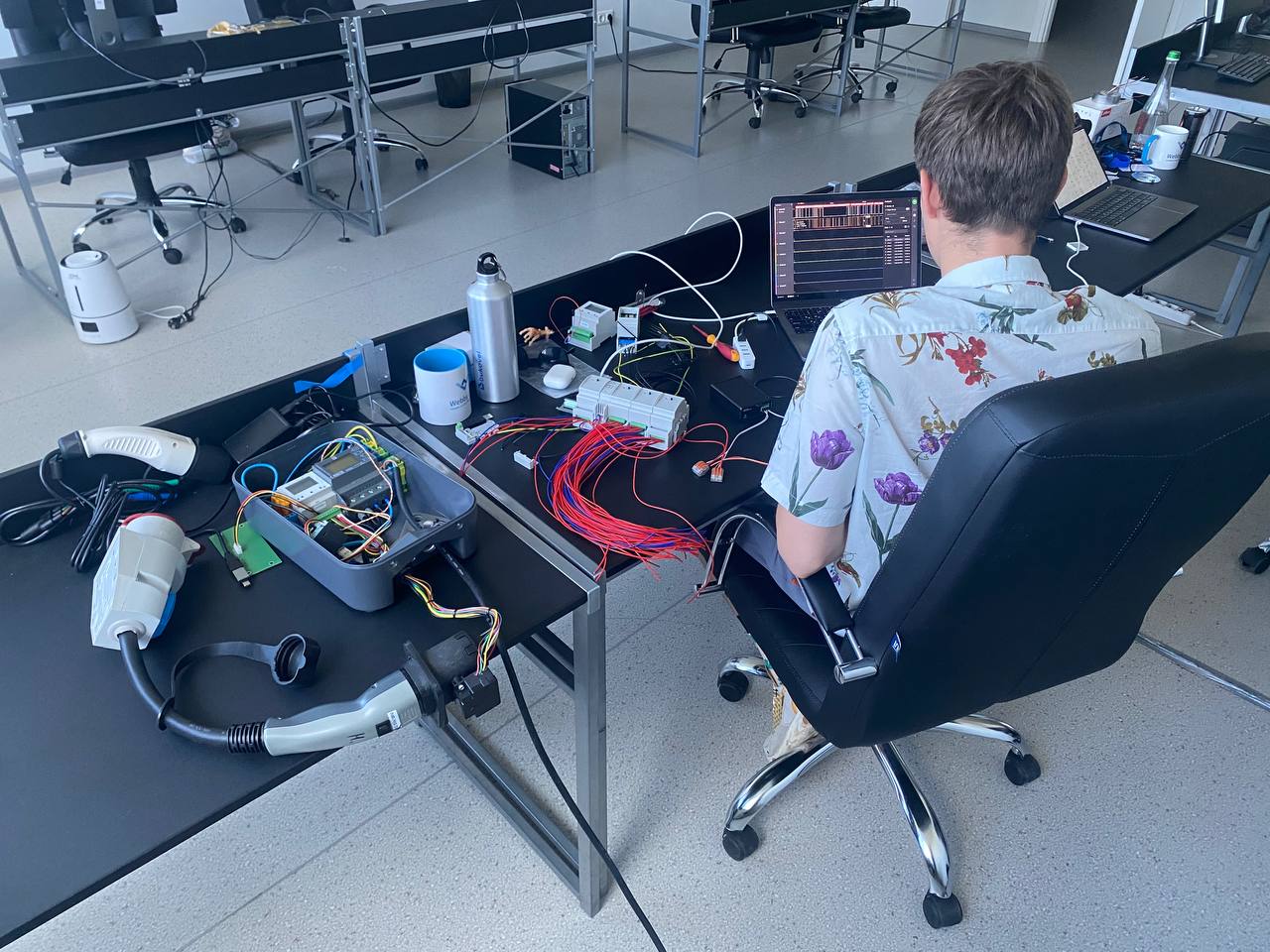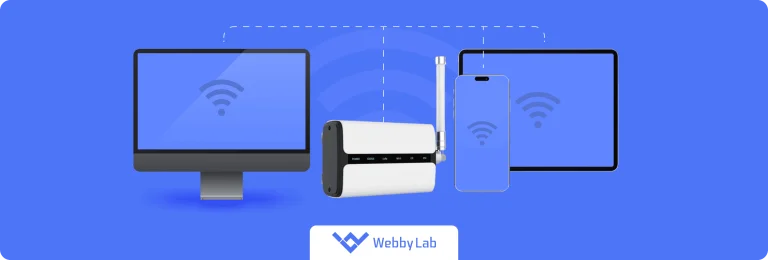Firmware Analysis for IoT Devices [Practical Guide]
Written by:

Kostiantyn Oliynyk
Head of IoT at Webbylab
With a robust academic background in Telecommunication Systems Engineering, I apply my knowledge to lead innovations in the IoT domain. Starting as the first team member in the newly formed IoT department at WebbyLab, I've spearheaded its growth, fostering the expansion into embedded and hardware development alongside our core software projects. My dedication lies in pushing the boundaries of IoT technology, fostering a culture of innovation and excellence that profoundly impacts our clients' operational success.
The dynamic analysis allows users to search for vulnerabilities and quick firmware update for iot devices. It’s quite accurate and yields good results. Dynamic analysis looks at the firmware while it is in operation. In order to perform it, you need to have the firmware running, physical device, pen testing tools, NMAP, default credentials, Google, and Shodan.
Many iot firmware vulnerabilities can be detected with the help of firmware analysis, such as insecure network services, lack of secure update mechanisms, weak firmware authentication, hardcoded passwords, and more.
Firmware analysis is a useful tool for identifying vulnerabilities in the device firmware, improving product stability, extending functionality, and making it more resistant to attacks. There are manual and automated IoT firmware analysis methods. Automated analysis is performed using open-source tools that speed up and facilitate the process. The analysis duration depends on many factors, like the device type, the tool you use, and analysis method, and whether you do it on your own or hire a specialist.
Once you perform IoT device firmware analysis and see your device issues, you can address an IT engineer immediately or try to do it on your own if a vulnerability is not critical. The time of improving your device security depends on the number of vulnerabilities and their complexity, ranging from several hours to several days.













